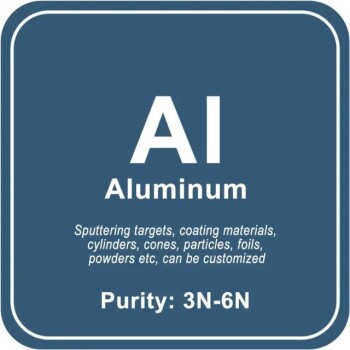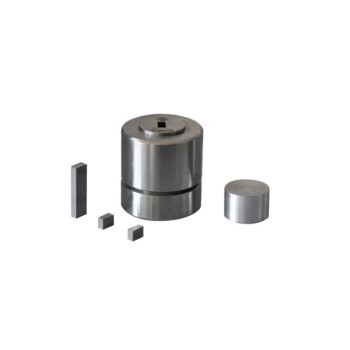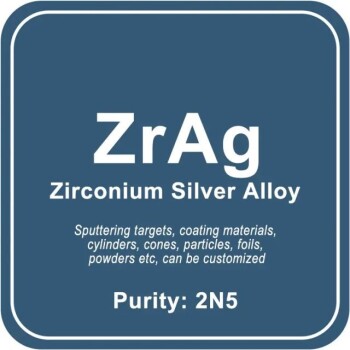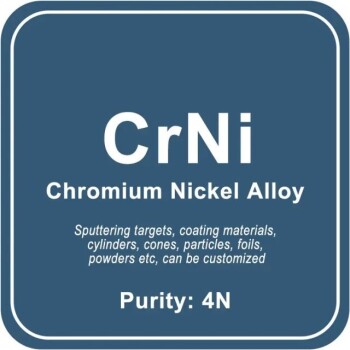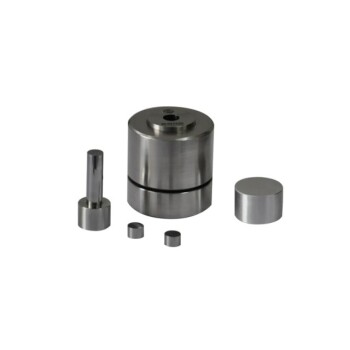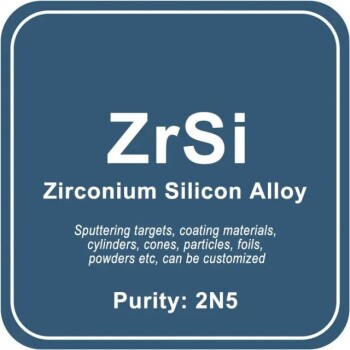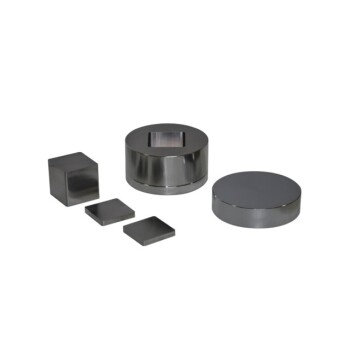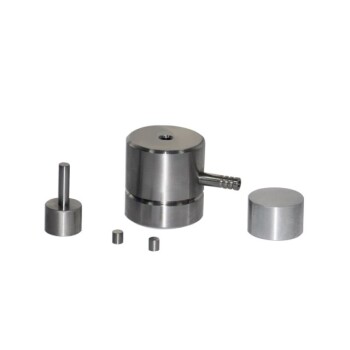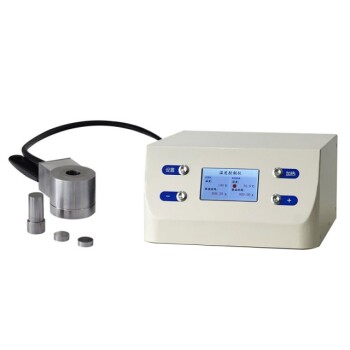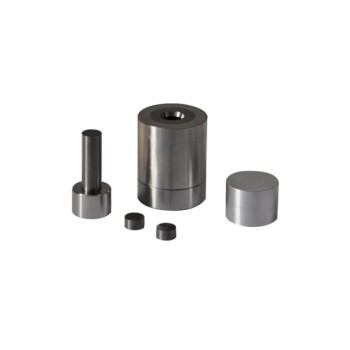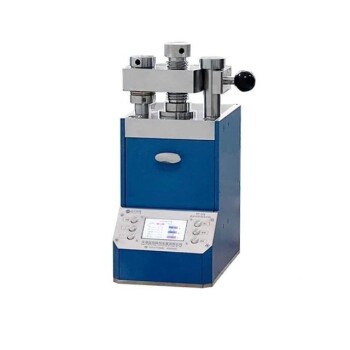Analyzing an alloy involves determining its chemical composition.
This is crucial for ensuring its properties meet specific requirements.
Traditional methods like wet chemistry are labor-intensive and time-consuming.
Modern techniques, such as X-ray fluorescence (XRF) spectrometry, offer faster and more efficient alternatives.
This method is non-destructive, provides wide detection ranges, and delivers stable and reliable results.
For specific alloys like FeSi, XRF is particularly effective due to its high throughput and simplified sample preparation.
Different sample preparation methods, such as pressed pellets or fused beads, can be used depending on the required accuracy and the nature of the sample.
5 Key Techniques Explained: Analyzing Alloys with Modern Precision

1. Traditional Methods vs. Modern Techniques
Wet Chemistry: This method is precise but labor-intensive and requires lengthy sample preparation times.
It involves chemical digestion and subsequent analysis using techniques like titration, ICP, or AAS.
X-ray Fluorescence (XRF) Spectrometry: An alternative non-destructive method that offers fast analysis speeds and wide detection ranges.
It is particularly useful for alloys like FeSi, providing high throughput and simple sample preparation.
2. Sample Preparation Techniques
Pressed Pellets: Used when higher accuracy is required.
Special calibrations are necessary, especially if the grain size of the sample differs from available reference samples.
Fused Beads: To avoid the influence of different grain sizes, samples can be prepared as fused beads.
This method involves oxidizing the sample material to prevent damage to the platinum crucible.
Standard operation procedures describe the process and list the required chemicals.
3. Applications of XRF in Alloy Analysis
On-Site Analysis: XRF allows for on-site analysis of melted load materials, ensuring laboratory-level accuracy and precision.
It is also used to inspect finished products before shipment.
Coating Analysis: Handheld XRF analyzers can quickly analyze the composition of alloy coatings, ensuring they meet thickness specifications and enhancing process monitoring and quality control.
Scrap Sorting: Handheld XRF analyzers are ideal for sorting ferrous and non-ferrous scrap, controlling material input, confirming grades of steels and alloys, and certifying metallurgical products.
4. Advantages of XRF Analysis
Non-Destructive Nature: The alloy is not affected during testing, preserving its commercial value.
Speed and Accuracy: Results are obtained within seconds, displaying the grade and element concentrations.
Safety: Lower exposure to X-rays and multiple safety protections minimize the impact on operators.
5. Specific Alloy Analysis
Cemented Carbide: XRF can directly analyze the sample without the need for cutting or grinding.
It can determine concentrations from ppm to 100% and obtain content information of all components in one injection.
The basic parameter method can solve issues related to the lack of standard samples.
6. Conclusion
X-ray Fluorescence Spectroscopy (XRF): A versatile method for analyzing alloys, providing fast, non-destructive, and accurate results.
It is suitable for various applications, from on-site analysis to quality control in coatings and scrap sorting.
By leveraging XRF technology, lab equipment purchasers can achieve efficient and accurate analysis of alloys, ensuring they meet the necessary specifications and standards.
Continue exploring, consult our experts
Unlock the full potential of your alloy analysis with KINTEK SOLUTION's state-of-the-art XRF spectrometry.
Say goodbye to time-consuming wet chemistry and embrace efficiency with our non-destructive, high-throughput solutions.
Our tailored sample preparation methods ensure precision every time.
Don't let quality control fall behind. Contact us now to elevate your laboratory's capabilities with KINTEK SOLUTION's advanced XRF analysis systems.
Step up to superior results – your next step is a call away.


